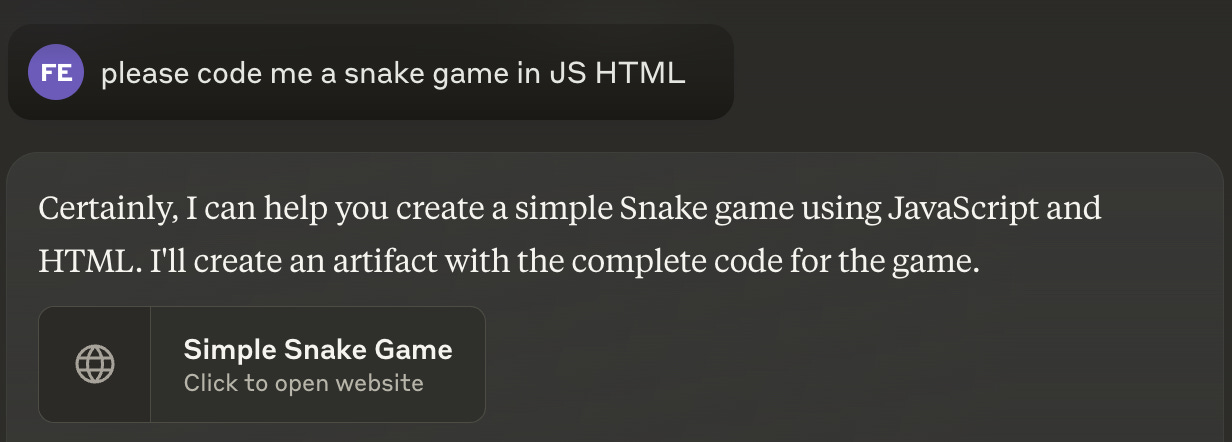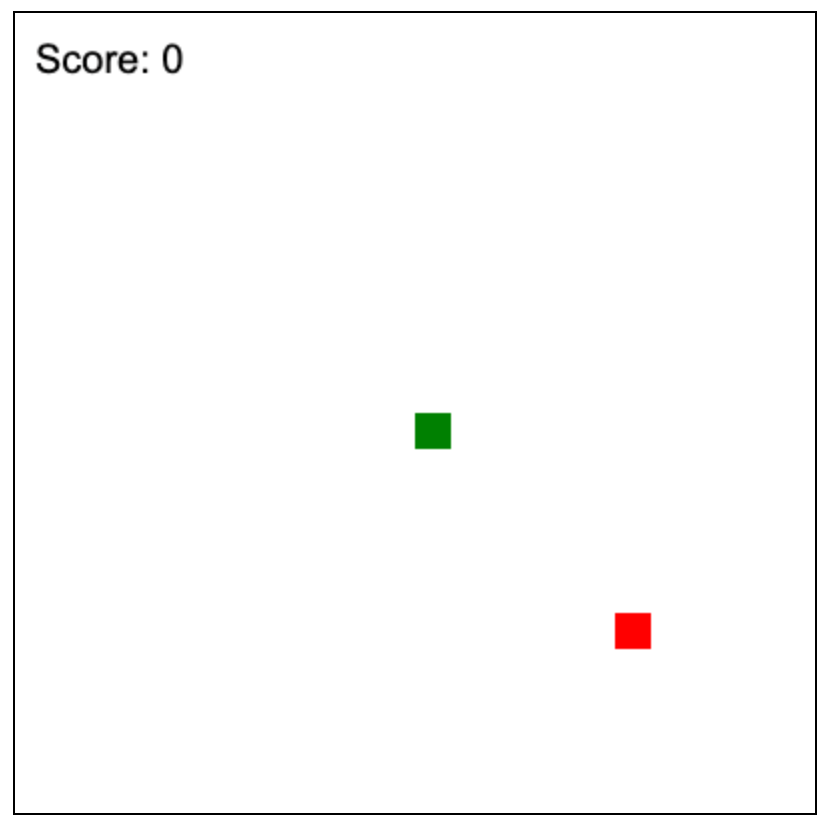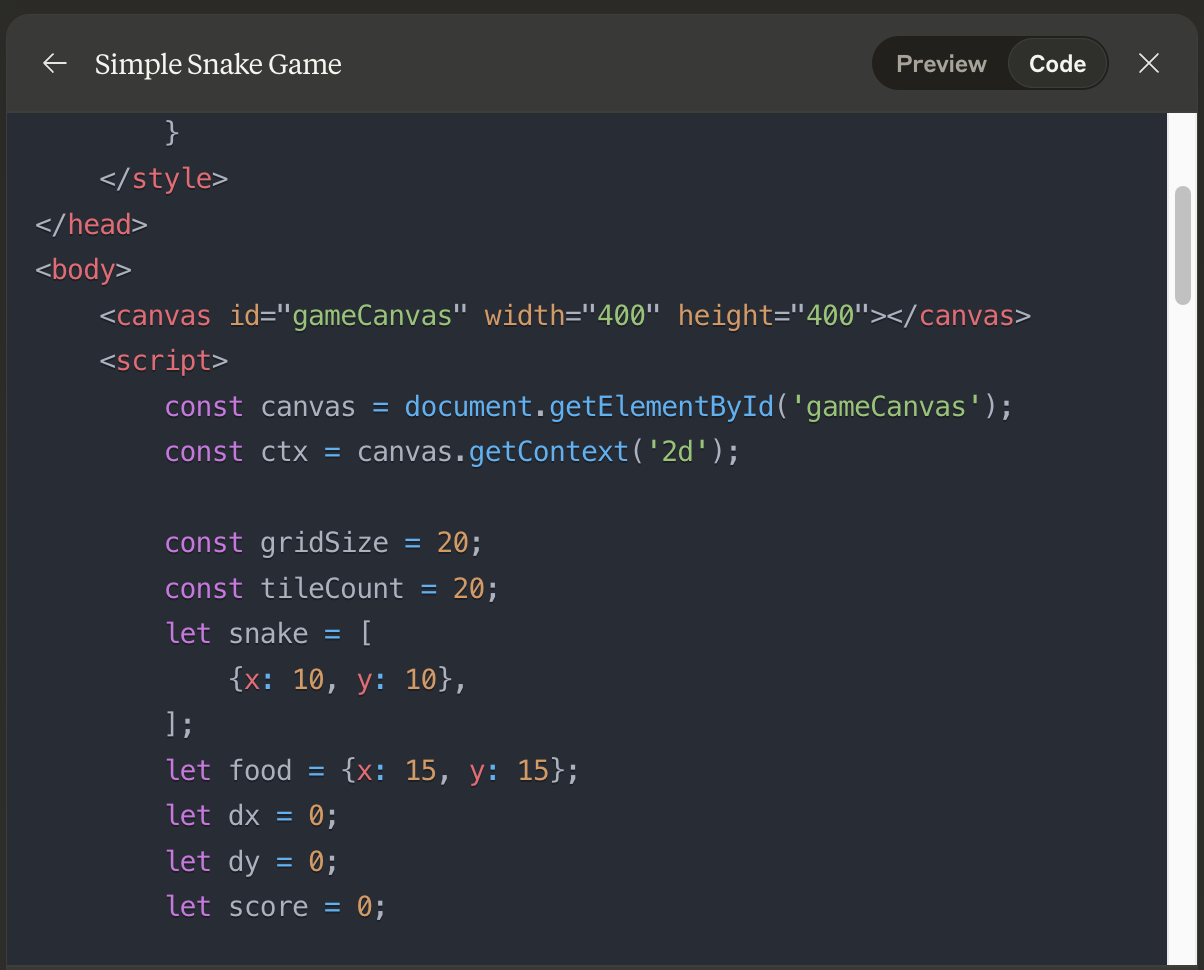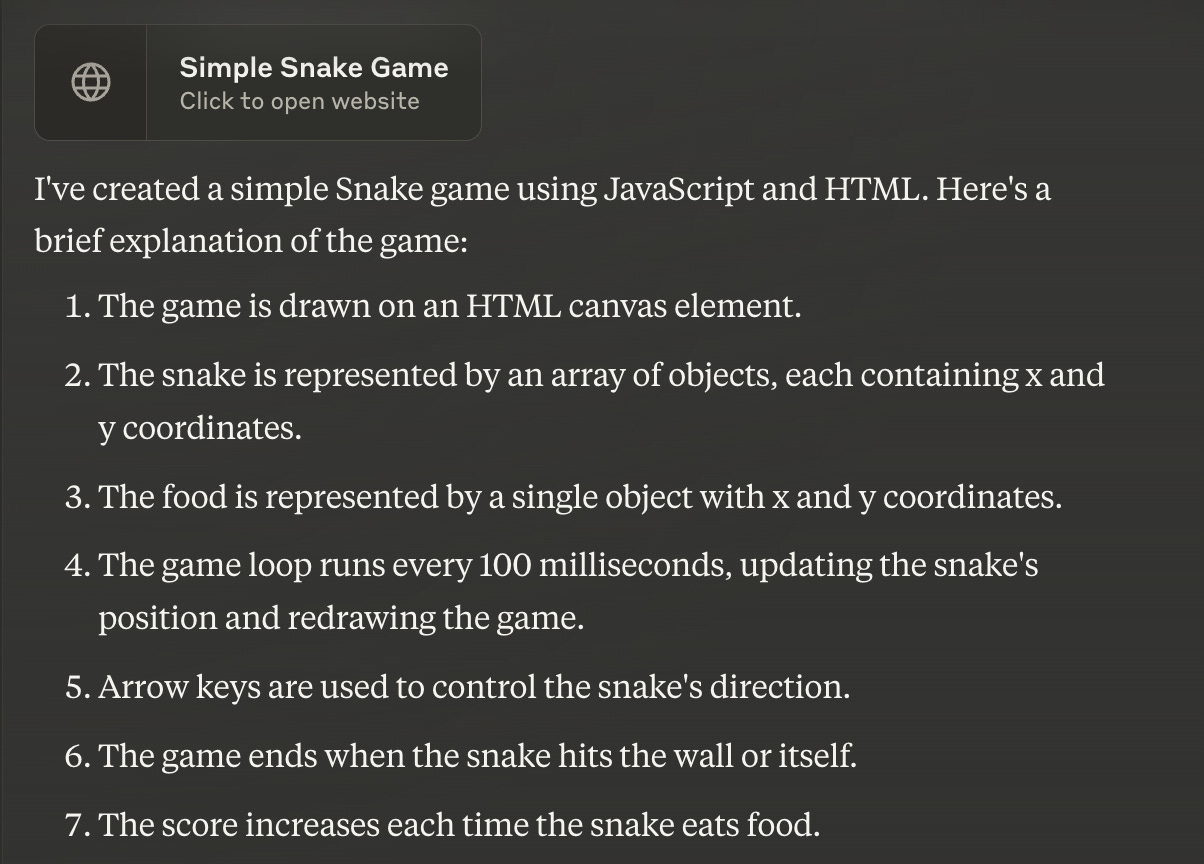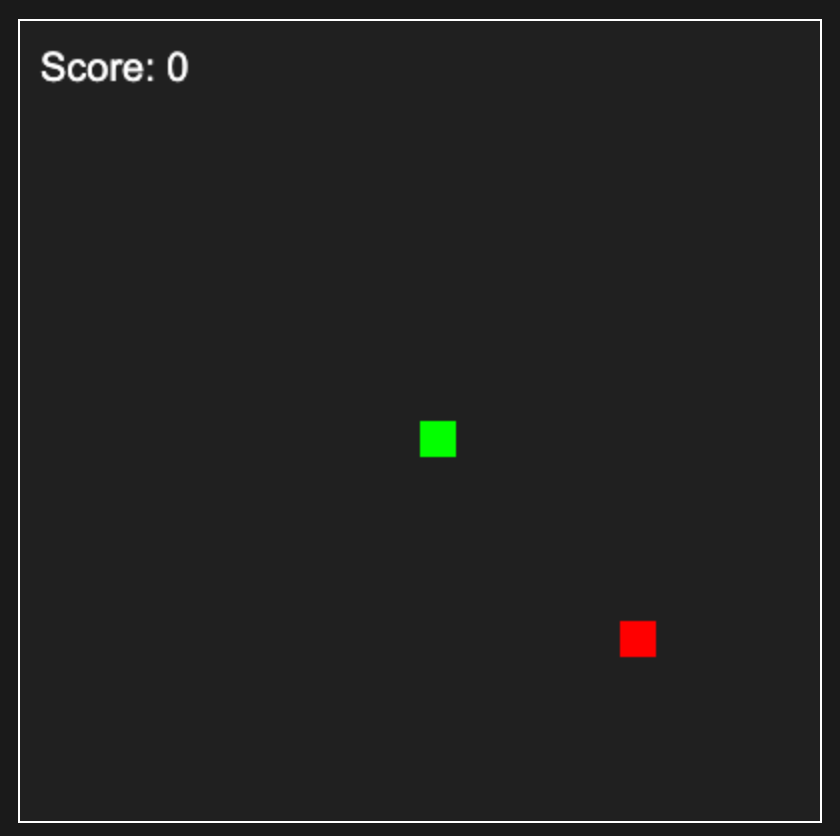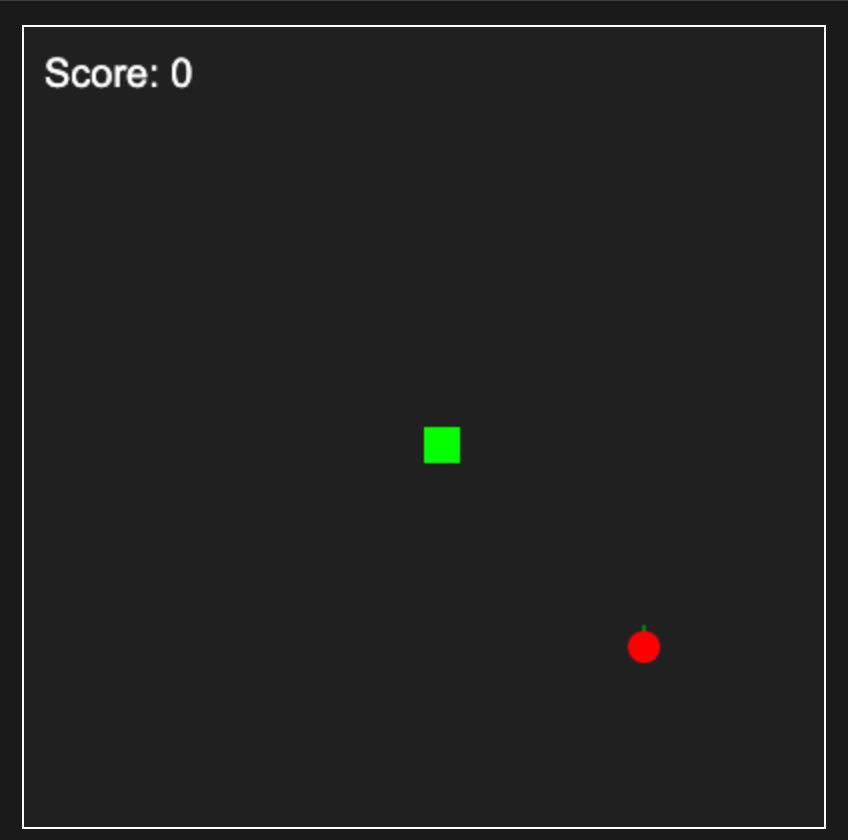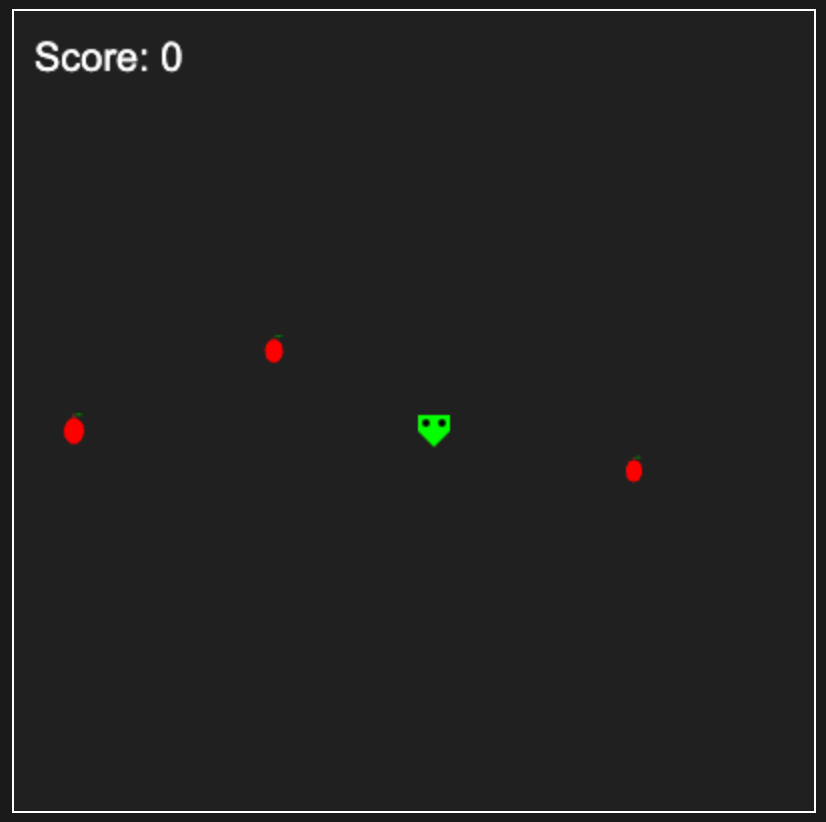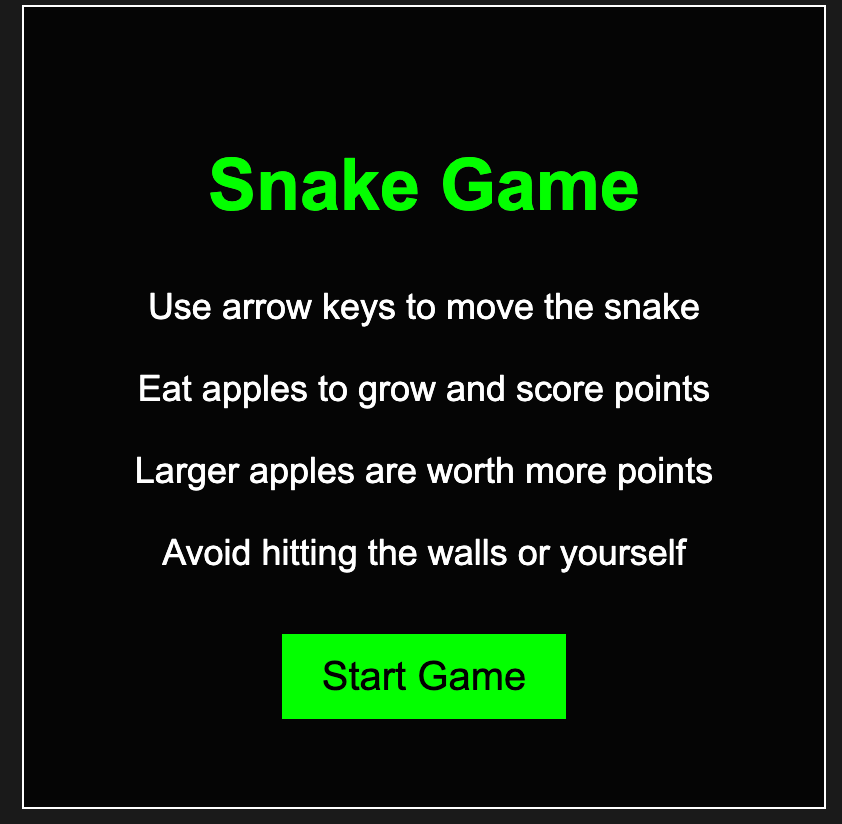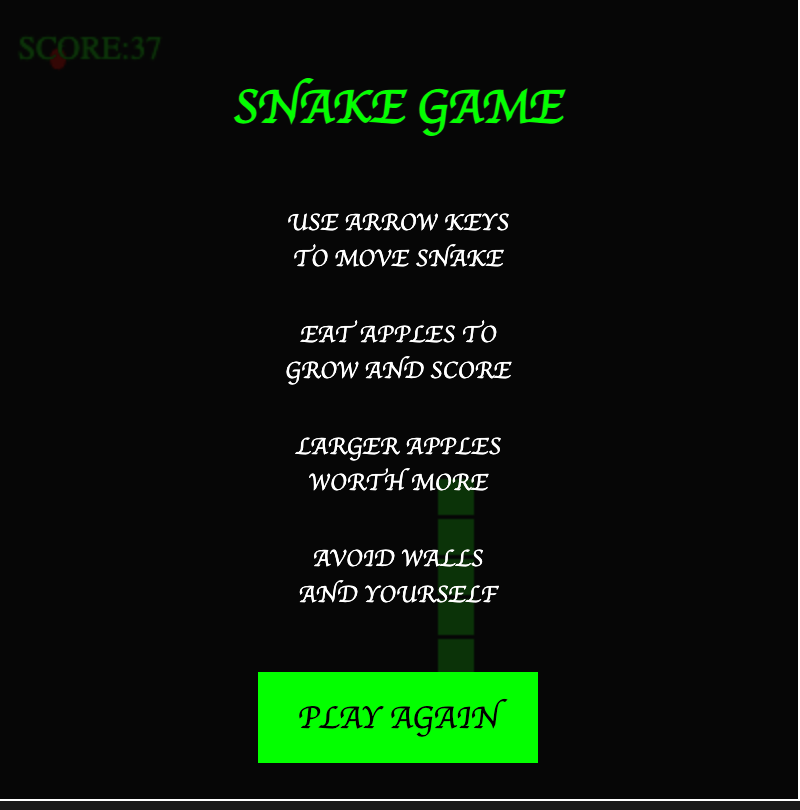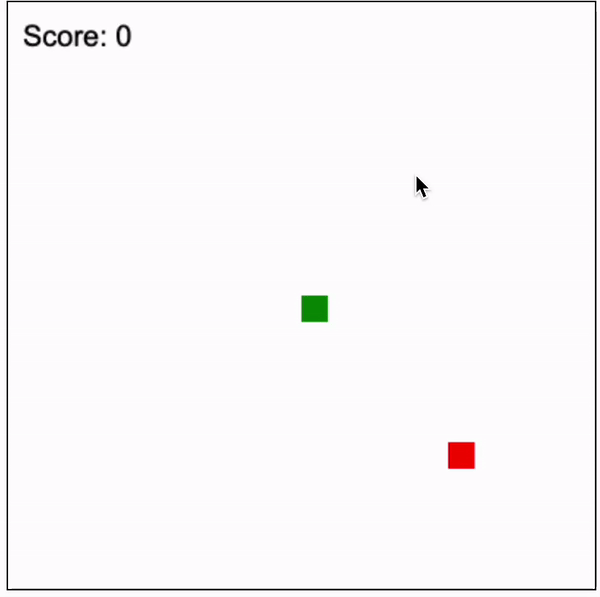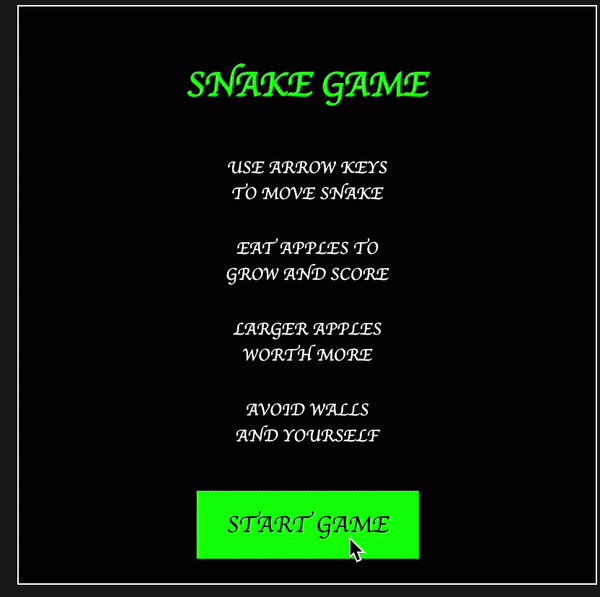How to design and code a game in 5 minutes with AI
Experience the Future of Game Development: Quick, Efficient, and AI-Powered using Claude.
As a game enthusiast and ux person with more ideas than coding skills, I recently stumbled upon a new opportunity: creating a Snake game with the help of the AI assistant of Claude (a popular LLM).
Curious about the potential of AI in game development, I decided to put it to the test. What followed was a cool adventure of turning a simple concept into a playable game in just minutes.
Here's my hands-on journey of collaborating with Claude to bring Snake to life, from start to finish.
Step 1: Initial Code Generation
I started by prompting Claude: "Create a basic Snake game using JavaScript and HTML." Within seconds, I received a complete code snippet.
I created a new HTML file, pasted the code, and opened it in a browser. Surprisingly, I had a functional, albeit basic, Snake game.
It had a scoring system, very basic graphics, and movement mechanism, all created in seconds.
Step 2: Understanding the Code
Despite my limited coding knowledge, I could grasp the general structure:
HTML canvas for rendering
JavaScript for game logic
Functions for moving the snake, generating food, and handling collisions
Checking out the code itself allowed me to reverse engineer what was done so I could read through the code and understand exactly what it did, and also make changes if needed.
In addition to that, the AI assistant also kindly explains how exactly it works.
This immediate output allowed me to focus on design aspects rather than getting stuck on syntax.
Step 3: Iterative Design
With a working prototype, I began iterating on the design:
Color Scheme: I prompted, "Change the snake color to neon green and the background to dark gray." The AI quickly provided the necessary code changes.
Food Appearance: I asked, "Make the food look like an apple." The AI suggested using a simple red circle and provided the code to implement it.
Minor changes: Creating new graphics including a snake-like head image using AI. Surprisingly, it easily incorporated these assets. To increase difficulty, I also added apples of various sizes spread across the UI.
Step 4: Enhancing Gameplay
To improve user experience, I made several gameplay adjustments:
Speed Increase: "Make the snake move faster as the score increases," I suggested. The AI provided code to gradually decrease the game loop interval.
Sound Effects: "Add a sound effect when the snake eats food," I requested. The AI included audio functionality with a sample sound file.
Responsive Design: "Make the game responsive to different screen sizes," I asked. The AI adjusted the canvas sizing code to be more flexible.
Step 5: Testing and Refinement
I played the game repeatedly, noting areas for improvement:
Controls: The original arrow key controls felt clunky. I asked the AI to "Implement smoother controls with key press buffering." This resulted in more responsive gameplay.
Visual Feedback: "Add a brief flash effect when the snake eats food," I suggested. The AI provided a simple animation using canvas drawings.
Difficulty Levels: "Create easy, medium, and hard difficulty options," I requested. The AI implemented a difficulty selector that adjusted starting speed and score multipliers.
Step 6: Polishing the User Interface
For the finishing touches, I focused on the UI:
Start Screen: "Design a start screen with game instructions," I prompted. The AI created a simple overlay with game rules and a start button.
Typography: "Use a retro-style font for the game title and score," I suggested. The AI provided CSS to import and apply a pixel font.
Animations: "Add subtle animations to the start and game over screens," I requested. The AI implemented fade-in effects using CSS transitions.
Reflections on the Process
This hands-on experience with AI-assisted game design was enlightening:
Rapid Prototyping: I went from concept to playable game in minutes, not weeks, not hours.
Focus on Design: Offloading coding to AI allowed me to concentrate on user experience and game feel.
Learning Opportunity: Through iterative prompts, I gained insights into game development principles.
Limitations: While powerful, the AI sometimes provided solutions that needed tweaking for optimal performance.
Creativity Amplified: The quick implementation of ideas encouraged more creative experimentation.
AI HTML Snake game version 1:AI HTML Snake game version 10:Conclusion
AI-assisted development dramatically accelerated the game design process, allowing me to create a fully functional Snake game despite my limited coding skills. This approach enabled rapid iteration on design ideas and gameplay mechanics, resulting in a polished final product.
For UX designers looking to prototype interactive experiences quickly, AI-assisted coding tools offer a powerful way to bridge the gap between imagination and implementation. While not a replacement for deep coding knowledge, it's an invaluable tool for turning design concepts into reality efficiently.
You can play my new snake game here: https://yuvkesh.github.io/snake/



